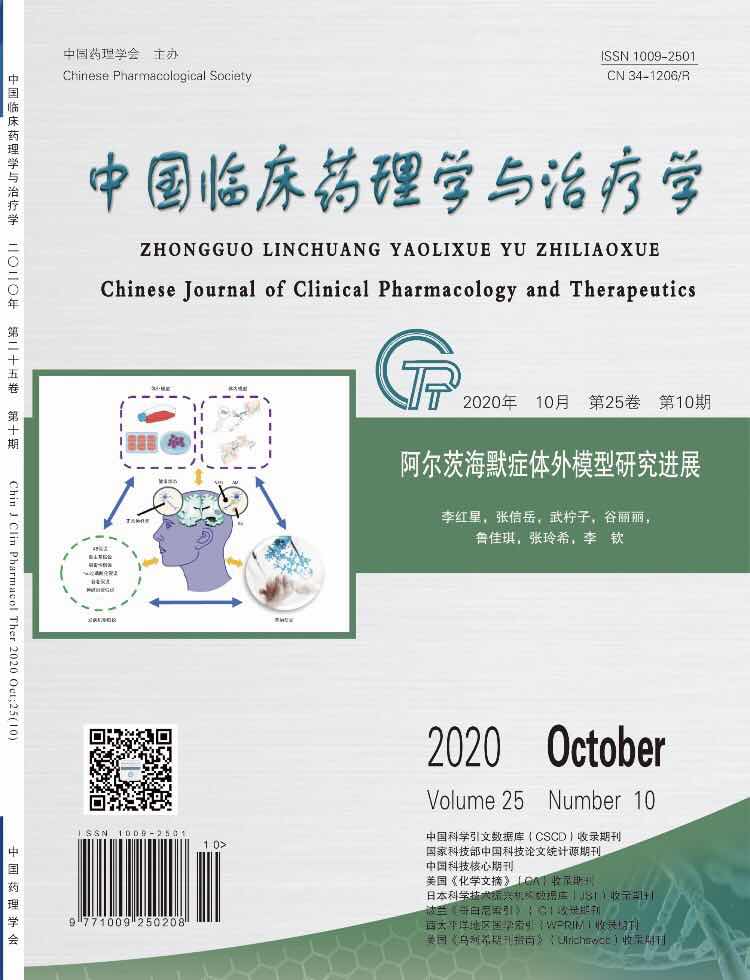Regulatory effect and mechanism of ginsenoside Rg1 on oxidative stress and inflammation in preeclampsia rats
SONG Shanshan, YANG Yang, HE Jing, TANG Junfeng
2020, 25(10):
1088-1096.
doi:10.12092/j.issn.1009-2501.2020.10.002
 Asbtract
(
382 )
Asbtract
(
382 )
 PDF (6856KB)
(
114
)
Related Articles |
Metrics
PDF (6856KB)
(
114
)
Related Articles |
Metrics
AIM: To investigate the effect and mechanism of ginsenoside Rg1 on L-NAME-induced preeclampsia in rats. METHODS: All rats were divided into four groups: control group, model group, ginsenoside Rg1 low dose group (25 mg/kg) and high dose group (50 mg/kg). The rat model of preeclampsia was established by L-NAME induction. In the treatment group, the corresponding dose of ginsenoside Rg1 was given at the 5th day of pregnancy. On the 7th, 13th, 15th, 17th and 19th day, the systolic pressure, diastolic pressure and arterial pressure of the experimental rats in each group were examined, and 24-hour urine protein on the 20th day was measured. The experimental rats were killed on the 21st day and tissue samples were collected. The protein of GCM-1 was determined by immunohistochemistry, the activities of SOD and CAT, the levels of MDA, IL-1β, IL-6 and TNF-α in serum were determined by kit. Western blot was used to detect the expressions of Nrf2, HO-1, NF-κB, IκBα, Bcl-2, Bax, Caspase-3 and Cyt-c. RESULTS: The results showed that ginsenoside Rg1 could significantly improve the systolic pressure, diastolic pressure, arterial pressure and urinary protein (P<0.05), inhibit the expressions of GCM-1, Nrf2, HO-1, Bax, Caspase-3 and Cyt-c protein in placenta (P<0.05), increase the expressions of NF-κB, IκBα and Bcl-2 protein (P<0.05), and significantly promote the activities of SOD and CAT in serum and fetal tissue of model rats. The levels of MDA, IL-1β, IL-6 and TNF-α were inhibited (P<0.05). CONCLUSION: Rg1 can significantly improve the blood pressure and urinary protein level of pre-eclampsia pregnant rats, promote the expression of GCM-1 protein in placenta, inhibit oxidative stress injury and inflammatory response, and reduce apoptosis of placenta.


